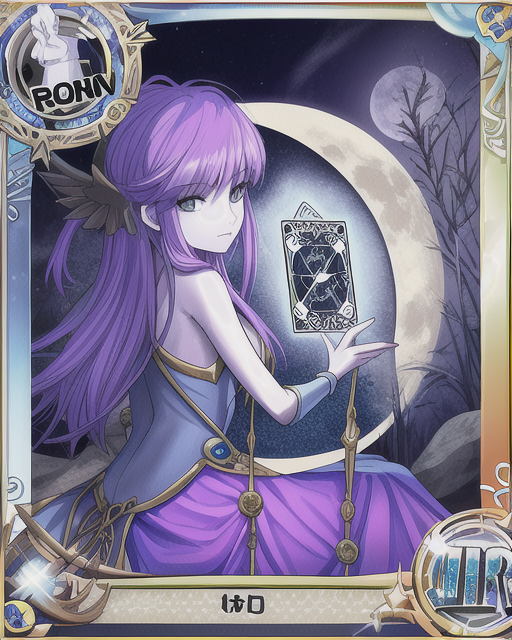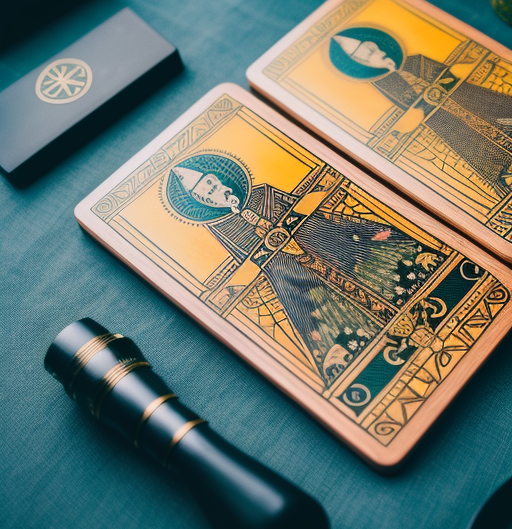The Art of Tarot: The History and Evolution of the Tarot Deck
Introduction: Tarot cards have captivated individuals for centuries with their mystical allure and profound insights into the human condition. From divination to spiritual guidance, the Tarot has served as a powerful tool for exploring the depths of our subconscious and navigating life’s complexities. However, behind the mystical veil lies a rich history and an evolving artistic tradition that has shaped the Tarot into the captivating medium we know today. In this blog, we embark on a journey through time to uncover the fascinating history and evolution of the Tarot deck.
The Origins of the Tarot: The exact origins of the Tarot remain shrouded in mystery. While the popular belief suggests that Tarot cards originated in ancient Egypt, there is no concrete evidence to support this claim. The first documented evidence of Tarot cards traces back to 15th-century Italy, where they were primarily used for entertainment and gaming. It wasn’t until later that the Tarot began to take on a more profound spiritual significance.
The Tarot and the Occult: During the 18th and 19th centuries, the Tarot experienced a significant transformation. Influenced by the rise of occultism and esoteric philosophies, the Tarot became intertwined with mysticism and spiritual exploration. Figures such as French occultist Éliphas Lévi and the Hermetic Order of the Golden Dawn played pivotal roles in associating the Tarot with magical and mystical practices. This era marked the emergence of the Tarot as a tool for divination and self-reflection.
The Major and Minor Arcana: The Tarot deck consists of two main components: the Major Arcana and the Minor Arcana. The Major Arcana comprises 22 cards, each representing a significant archetype or life stage. These cards, such as The Fool, The Magician, and The Hanged Man, carry profound symbolism and offer deep insights into the human psyche.
On the other hand, the Minor Arcana consists of 56 cards divided into four suits: Cups, Swords, Wands, and Pentacles. Each suit represents a particular aspect of life, such as emotions, intellect, creativity, and materiality, respectively. The Minor Arcana cards often reflect everyday experiences and offer practical guidance.
Artistic Expressions and Symbolism: One of the most enchanting aspects of the Tarot is its rich artistic tradition. Throughout history, numerous artists have brought their unique interpretations to the Tarot deck, infusing it with diverse visual styles and symbolism. From the striking and bold imagery of the Rider-Waite-Smith deck to the ethereal and dreamlike designs of the Tarot of Marseille, each deck carries its distinct aesthetic and energy.
Contemporary Tarot Decks: In recent years, the Tarot has experienced a resurgence in popularity, reaching beyond the esoteric and occult circles. Today, countless artists and illustrators continue to create innovative Tarot decks, merging traditional symbolism with contemporary aesthetics. These decks offer fresh perspectives and new layers of meaning, making the Tarot more accessible and relatable to a wider audience.
The Evolving Nature of Tarot: The Tarot has proven to be a resilient and ever-evolving system. As our collective consciousness and understanding of spirituality continue to expand, the Tarot adapts and evolves to reflect these shifts. Modern interpretations and variations of the Tarot embrace diverse cultural influences, inclusivity, and personal growth, making it a versatile and dynamic tool for self-discovery.
Conclusion: The history and evolution of the Tarot deck reveal a captivating journey from its humble origins as a card game to its current status as a profound spiritual tool. The Tarot’s ability to tap into the depths of our subconscious and provide guidance and insight is a testament to its enduring




